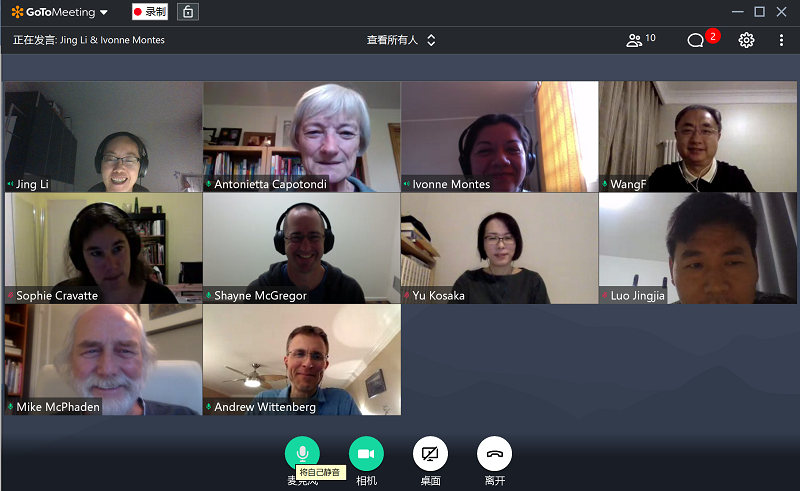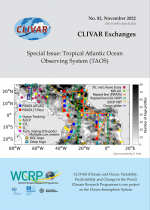PRP telecon in November

The CLIVAR Pacific Region Panel (PRP) had a telecon on Nov. 4, 2020, mainly discussing the mapping of the panel expertise onto the new structure of the WCRP. Antonietta briefly introduced the background of the ‘mapping exercise’, including the WCRP Lighthouse Activities (LHA); the highlights from CLIVAR SSG telecons on how to better align with the new structure and implementation strategy of WCRP; and initial ideas about how the PRP could effectively contribute to the new structure of WCRP. Panel members actively provided their comments and inputs during the discussion. The major uptakes from the meeting are summarized as below:
1. Many potential avenues were discussed for mapping the panel onto the new structure of WCRP, these included:
- Many ongoing activities of PRP (e.g. ENSO metrics, ENSO Conceptual Model Working Group, Tropical Pacific Decadal Variability, CLIVAR/PICES cooperation, as well as the panel’s input to various observing systems in the Pacific basin) could contribute to several of the LHAs and link well to the two new ‘homes’ of WCRP;
- In particular, the PRP could provide input to data assimilation and reanalysis activities and support modelling and prediction;
- PRP products (e.g. TPDV paper and ENSO metrics) could be very useful to the IPCC process and provide input to some of the LHAs, such as “my climate risk” and “safe landing climates”;
- The ENSO Summer School organised by the PRP, whose rescheduling is now waiting for the ICTP’s decision, is an example of possible initiatives undertaken by the WCRP Academy LHA. In the same spirit, other schools could be organized and benefit from the expertise of the panel (e.g. schools focused on Pacific dynamics and observations), all of which can contribute to the ‘WCRP Academy’;
- It was also agreed that it would be desirable to have more interactions with other CLIVAR panels, in analogy with the strategy of US CLIVAR, as this would help utilize the enormous collective expertise of the various panels. This will facilitate the sharing of expertise and open the possibility of collaborating on common projects, e.g. those relevant to the WCRP LHAs.
2. Panel members were thanked by co-chairs for their inputs to the PRP 2020 annual report;
3. Panel membership issue was discussed at the end of the meeting, and a plan was formulated and agreed to by all participants.
4. The monograph of ‘El Niño Southern Oscillation in a Changing Climate’ has been published online in October and several launching activities are planned in November starting from 9 Nov. 2020. PRP made major contributions to this book, which is edited by Mike McPhaden (PRP ex-officio and ENSO RF member), Agus Santoso (former PRP member) and Wenju Cai (SSG co-chair and former PRP co-chair and ENSO RF member). PRP members led six of the 21 chapters and ten members contributed to several other chapters.













